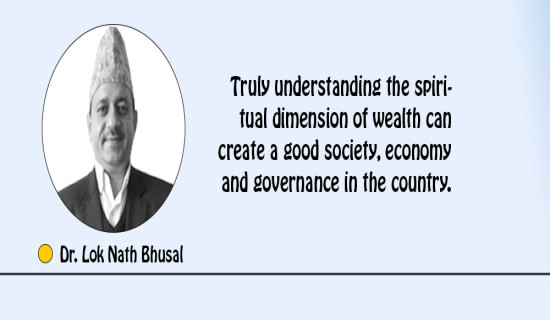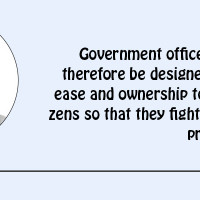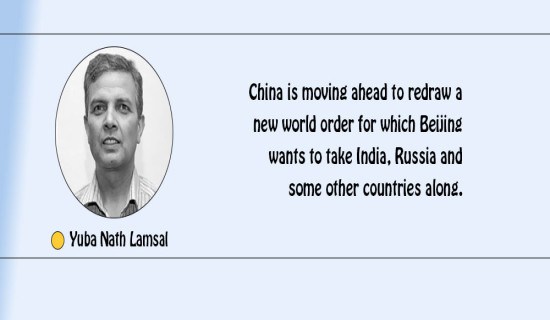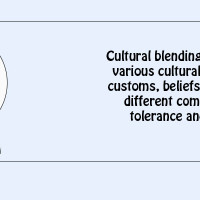- Thursday, 30 October 2025
Save Architectural Identity
Samip Nepal
Geologically enriched, Nepal has vast arrays of cultures bound to its roots. With various cultures, there is an abundance of architectural identities throughout the country. From an architect’s perspective, the architectural makeup ranges from the vernacular architecture of the Thakali in the mountains to the Gurung settlement in the hills, the Newari architecture-enriched Kathmandu valley, and the Tharu vernacular architecture in the south. We can see the unique construction techniques, with creativity flowing through the local materials of each place. This closely knit architectural makeup of our country was our property to be proud of. However, modernism has significantly impacted Nepal, and architecture has not been spared.
There has been a huge change in construction techniques since the 2015 earthquake. People, fearing for their safety, have opted for RCC (reinforced cement concrete) construction after the disaster's significant impact. Centuries-old construction techniques have been abandoned due to skepticism about the resilience and safety of our traditional methods. Building codes and by-laws formulated after the Gorkha earthquake cater more towards the double-tie rigid RCC structure, leaving out traditional masonry structures. In this journey, we have lost our significant techniques and cultural heritage that were once ours. Now, even in remote hills and mountains, people have started using concrete and metal structures.
This shift has impacted construction costs, with the transportation costs of such materials becoming exponential as compared to the locally available materials. All these factors have led to gentrification, as the average person cannot afford to build a house, causing an economic divide. The way we could identify our buildings through their shape, facades, and aesthetics has now been jumbled up, as there is no difference between a house in Kathmandu and one in Tansen. Similarly, this phase of modernism comes with environmental costs, including an increased carbon footprint, pollution, and higher energy consumption compared to the house with the vernacular techniques. Stone walls with mud mortar and mud flooring in hills provide a greater cooling effect in summer than a RCC home with cement concrete floors.
Modernism, despite its issues, also has a positive face. Nepal, being in a seismic zone, has seen increased awareness and curiosity about structural resilience, reflected in new construction. Building construction is now witnessing more innovations and advancements in construction technology than ever before. Stakeholders have a variety of material options to utilise for faster and more efficient construction with aesthetic appeal. The perception of educated people has been slowly shifting towards sustainable living spaces. And, to top it all, modernism in architecture is tied to economic growth and urban development. The inception of high-rise buildings, commercial centers, housing complexes, and advanced infrastructure stimulates economic activity and job creation, directly impacting overall national development.
Now, the challenges lie in how planners, architects, and engineers should react to this issue. We, as a think tank, should strive to strike a balance between embracing modernism and preserving our architectural heritage. There have been efforts to integrate our age-old techniques through elemental linkage into modern designs, creating a harmonious blend between old and new architecture. For instance, we can see the integration of Newari architectural elements like surkhi brick walls with carved wooden motifs on modern buildings in contemporary urban landscapes. The entry of modernism is a double-edged sword, offering both opportunities for progress along with the risks of losing our architectural techniques. As our architecture and its vernacular techniques are part of our country’s identity, we should try to preserve them while also opting for modern techniques.

















